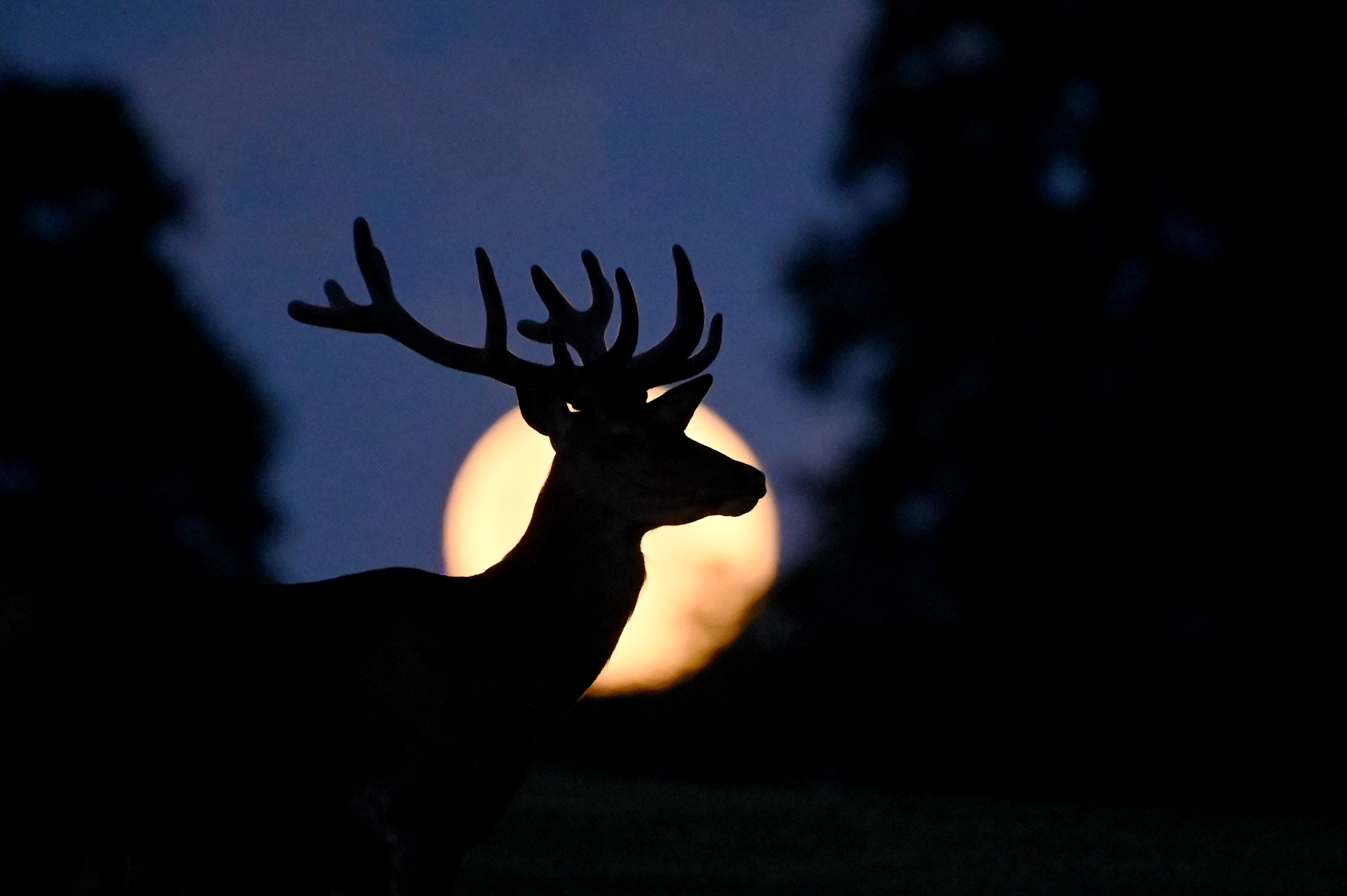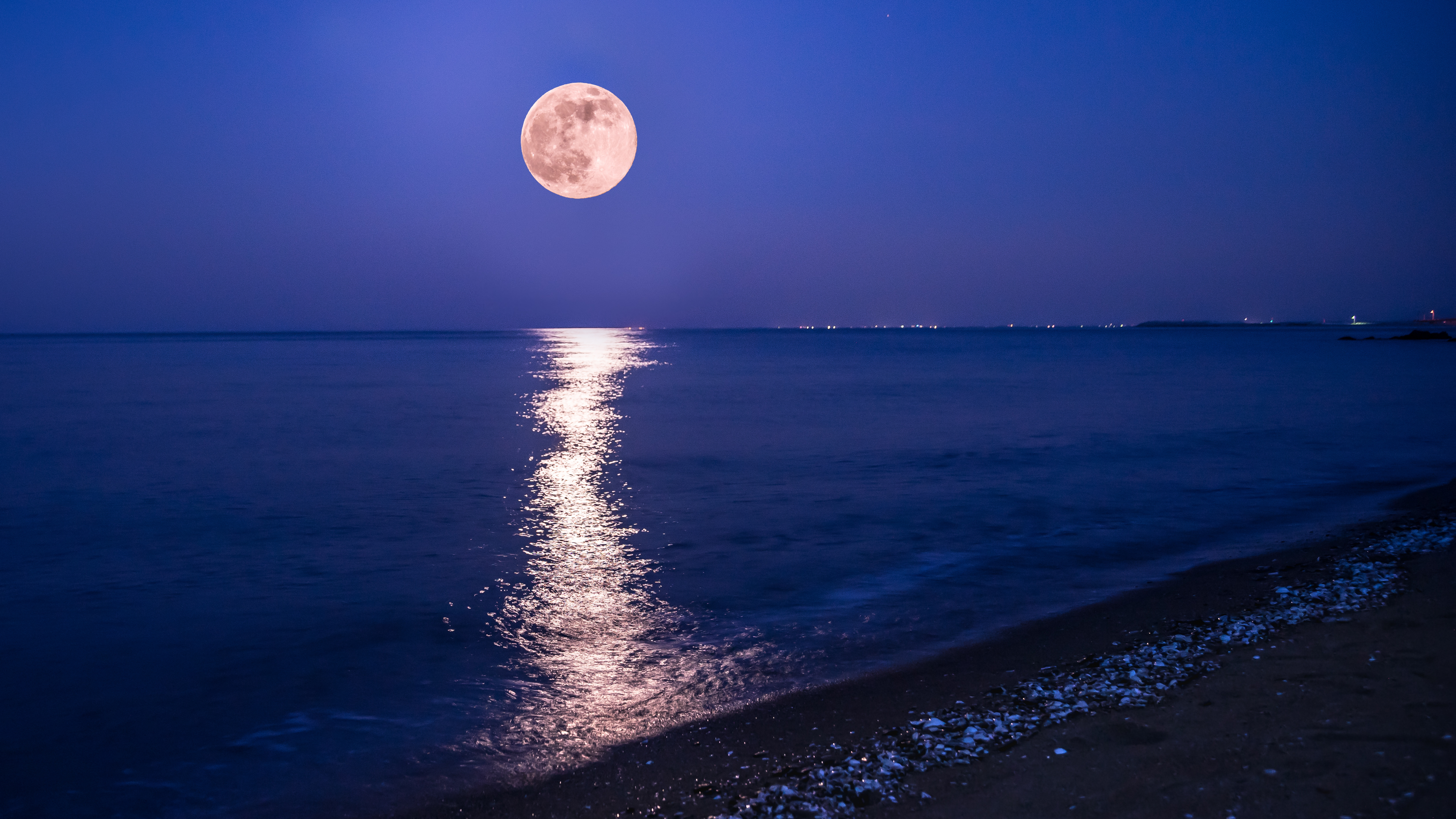NBC6 Meteorologist Chelsea Ambriz explains what a supermoon is and how you can see it twice in August.
Have you ever wondered where the term "once in a blue moon" comes from?
Well, this month, the cosmos is offering up a double feature: a pair of supermoons culminating in a rare blue moon.
Watch NBC6 free wherever you are
The first show happened on August 1st, as the full moon rose in the southeast, appearing slightly brighter and bigger than normal. That’s because it was closer than usual, just 222,159 miles away.
That is how it got the supermoon label.
Get local news you need to know to start your day with NBC 6's News Headlines newsletter.
The moon will be even closer the night of Aug. 30 — a scant 222,043 miles distant. Because it’s the second full moon in the same month, it will be what's called a blue moon.
“Warm summer nights are the ideal time to watch the full moon rise in the eastern sky within minutes of sunset. And it happens twice in August,” said retired NASA astrophysicist Fred Espenak, dubbed Mr. Eclipse for his eclipse-chasing expertise.
The last time two full supermoons graced the sky in the same month was in 2018. It won’t happen again until 2037, according to Italian astronomer Gianluca Masi, founder of the Virtual Telescope Project.
“The supermoon offers us a great opportunity to look up and discover the sky,” he said.
This year’s first supermoon was in July. The fourth and last will be in September. The two in August will be closer than either of those.
Provided clear skies, binoculars or backyard telescopes can enhance the experience, Espenak said, revealing such features as lunar maria — the dark plains formed by ancient volcanic lava flows — and rays emanating from lunar craters.
According to the Old Farmer’s Almanac, the August full moon is traditionally known as the sturgeon moon. That’s because of the abundance of that fish in the Great Lakes in August, hundreds of years ago.
___
The Associated Press Health and Science Department receives support from the Howard Hughes Medical Institute’s Science and Educational Media Group. The AP is solely responsible for all content.



